Small, tiny brown bugs in the house can be a nuisance to deal with. Whether they scurry across the floor, lurk in the pantry, or buzz around your head, these pests can disrupt the peace of your home. Identifying and addressing the presence of these insects is crucial for maintaining a clean and comfortable living environment. Let’s explore some common types of small brown bugs found in houses and effective methods for managing them.
Different Types of Small, Tiny Brown Bugs in House
Bed Bugs
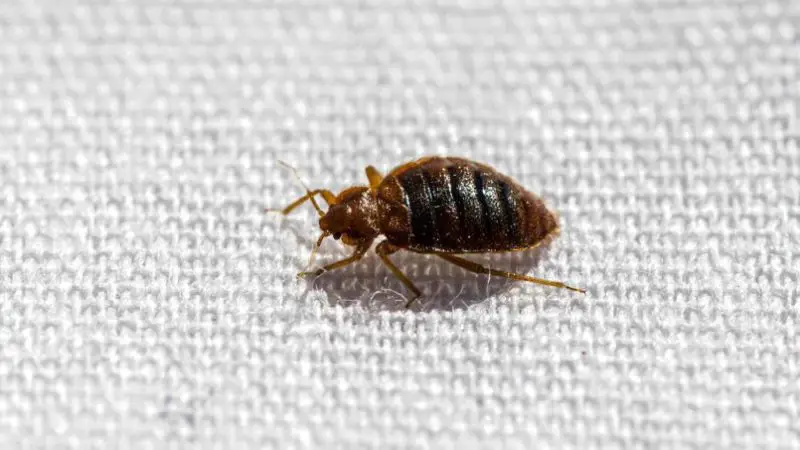
Bed bugs are prevalent home invaders, often appearing as tiny brown insects on beds. While mostly red after feeding on blood, they appear brown or translucent when unfed. Their nocturnal feeding habits pose a nuisance, prompting the need for elimination. Prevention includes avoiding infested hotels and replacing old beds. Infestations may require discarding affected mattresses and bedsheets.
Bat Bugs
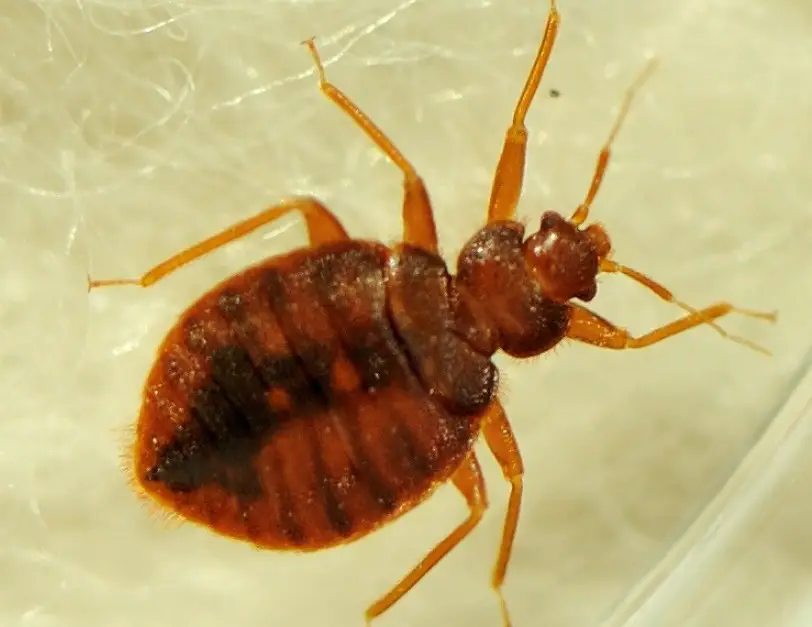
Bat bugs, often mistaken for bed bugs due to their similar appearance, are tiny, brown, oval-shaped parasites of bats. Accidentally introduced into homes when bats relocate or are removed from attics, they can bite humans for blood but rely on bats for survival and reproduction. Sealing attic gaps prevents their entry, while their bites may cause skin irritation despite not transmitting diseases.
Fleas
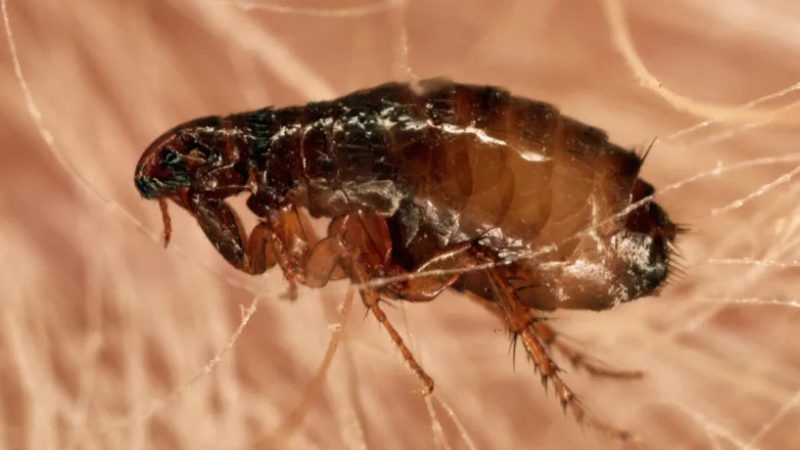
Fleas, common small brown jumping insects, often enter homes via pets like cats and dogs. They feed on blood, turning from brown to dark brown or red when fed. Consuming blood equivalent to 15 times their body size daily, they reproduce rapidly and can infest homes quickly. Removing infested items and thorough vacuuming are key management strategies, with a focus on areas like thick carpets where fleas thrive undisturbed.
Ticks
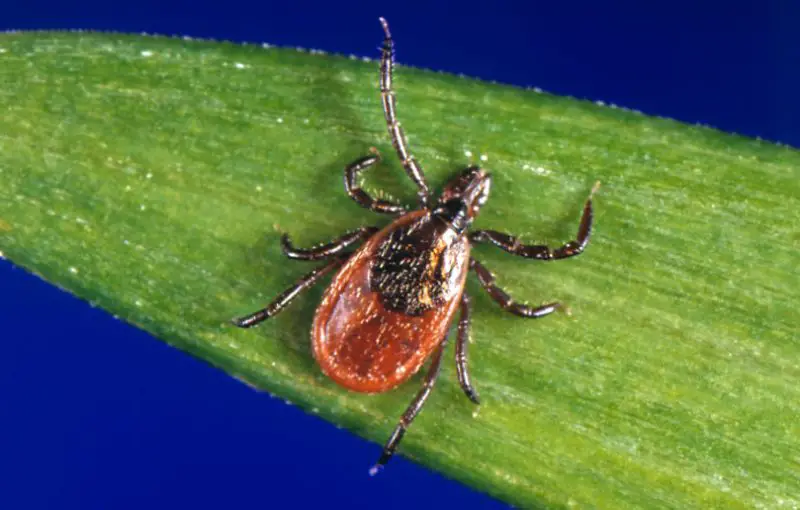
Brown Dog ticks, among the prevalent tick species in the US, are typically tiny, measuring about 12mm or even as small as 3mm. Common in homes with dogs, they feed on canine blood. Merely washing a dog won’t remove ticks; manual extraction with tweezers is necessary. Prevention involves vegetation trimming and cautious selection of dog-walking areas. Infested items like dog beds should be disposed of promptly.
Springtails

Springtails, often brown in color, possess remarkable jumping abilities, leaping several times their own size. Common around homes, they thrive in damp soil, occasionally venturing indoors in search of warmth and moisture. While nuisance pests, they don’t bite or cause structural damage. Preventive measures include spraying insecticides and managing soil moisture levels to deter their presence.
Spiders

Spiders are ubiquitous household inhabitants, with some species sporting a brown hue and hunting insects indoors. Cellar spiders, light brown in color, favor basements for their dark, humid environment. While not harmful to humans, they may attract other predators. Improving ventilation, adding lights, and regular vacuuming are effective methods to control their population and prevent infestations.
Camel Spiders
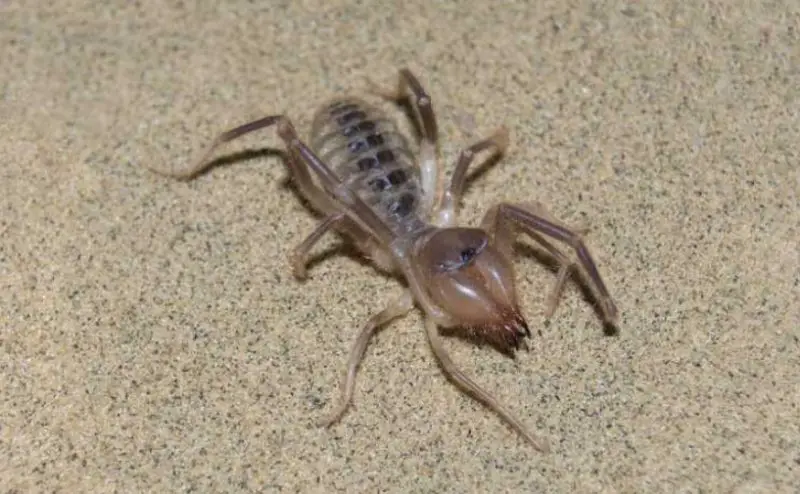
Camel spiders, often surrounded by myths of lethality, are formidable predators reaching up to 6 inches in size. While possessing a painful bite, they aren’t venomous but inject digestive saliva. Typically dwelling in deserts, they may inadvertently enter homes through camping or desert travel. Preventive measures include checking vehicles, clothing, and luggage after desert outings to mitigate the risk of bringing them indoors.
Praying Mantis
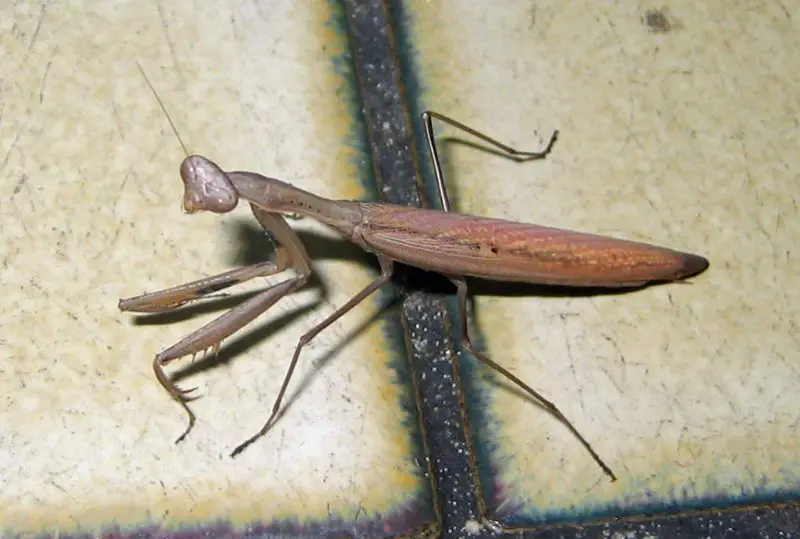
Praying mantises, named for their characteristic posture resembling prayer, are equally prominent in brown and green varieties, often inhabiting tropical regions. Known for their predatory prowess, they use their distinctive front legs to capture prey. Their presence in gardens signifies a natural pest control, as they target insects like grasshoppers, aiding in maintaining ecological balance.
Pillbugs
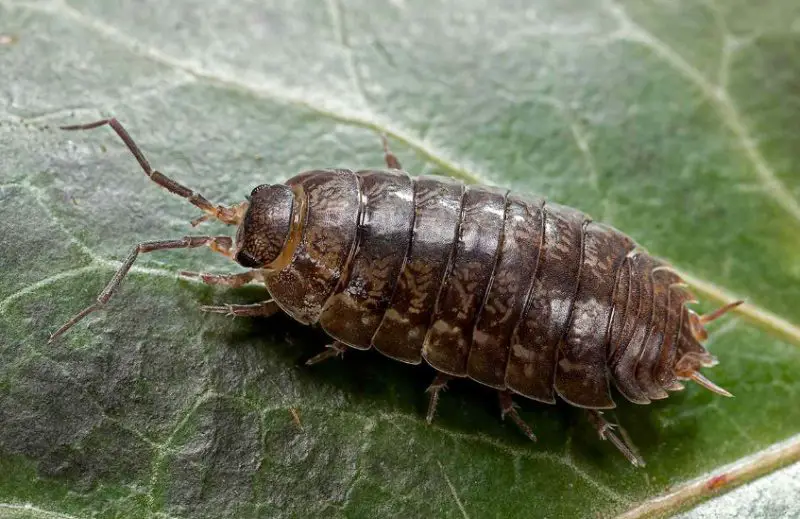
Pillbugs, small dark brown oval-shaped insects, primarily consume decaying plant matter, often found on crops like beans, melons, and squash. Imported from Europe, they’re not directly harmful to humans but can attract other pests when invading crops. Their defensive ability to roll into a ball aids in evading predators.
Stink Bugs
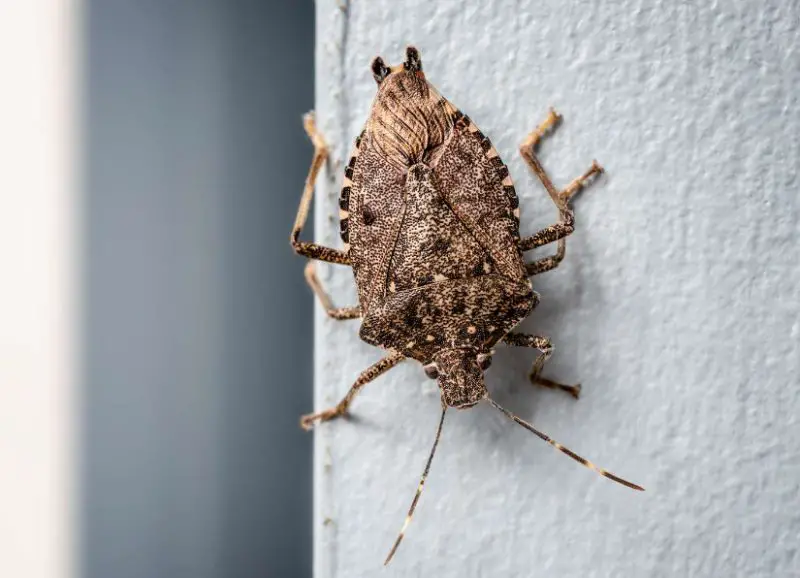
Stink bugs, prevalent brown insects in gardens, are also drawn indoors by artificial light. With thousands of species worldwide, the Brown Marmorated stink bug is a common variety. Feeding on fruits like apples and berries, they occasionally impact garden produce. Preventive measures such as spraying fruits with soap and water before stink bug season can help mitigate damage, typically observed as early as March.
Kissing Bugs
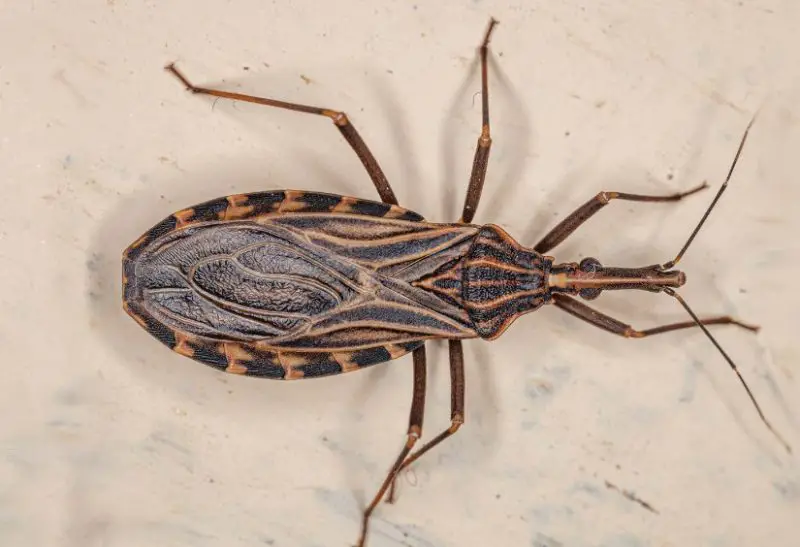
Kissing bugs, characterized by their elongated oval brown bodies, are nocturnal blood-feeders, posing a risk of transmitting Chagas disease to humans and animals. While bites are rare, those affected in North America primarily reside in Southern states where these bugs are prevalent. Prevention includes insecticide use and sealing entry points to deter their entry into homes, as they are attracted to light at night.
Assassin Bugs
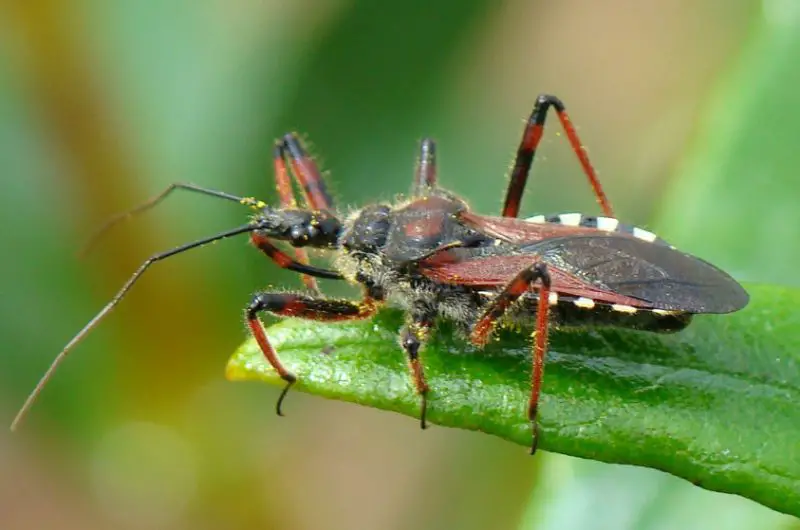
Assassin bugs prey on caterpillars and larvae, using sharp mouthparts to inject liquefying saliva into their prey. Rough handling can lead to bites that cause sharp pain but usually no further health issues. Preventing their entry into homes involves sealing all entry points and ensuring the absence of potential prey like rats.
Water Bugs
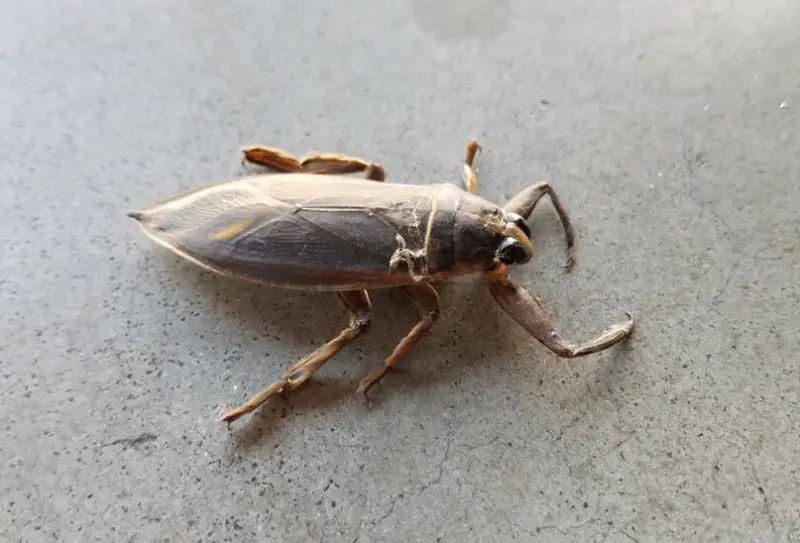
Water bugs, like the Giant water bug, are typically brown and prey on small fish and insects. Known to bite, they’re often found in pools and may make their way indoors through open doors, windows, or cracks. Eliminating outdoor nests, possibly in pools, by removing algae and other prey can prevent indoor invasions.
Ants
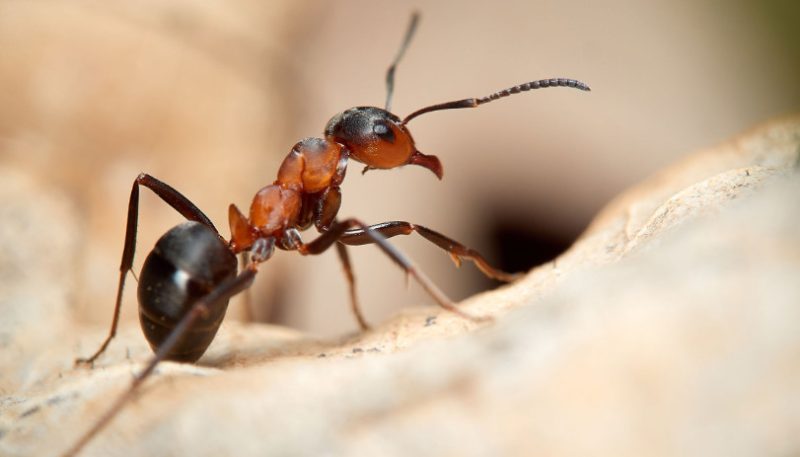
Some ants, like the Coastal Brown ant, sport a predominantly brown body. Growing up to 2.5mm, they favor protein-rich foods like insects and meats. Vigilance is key in preventing their entry into homes, especially by storing meats and fruits properly. Coastal Brown ants can deliver painful stings, making caution necessary.
Cockroaches
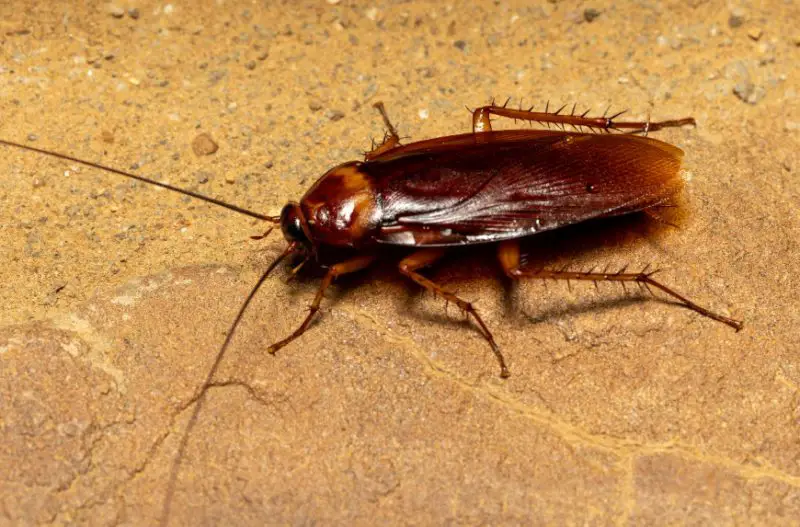
Cockroaches are notorious pests known for spreading disease and contaminating homes. They thrive on various organic materials and multiply rapidly. Brown species like the American cockroach seek out warm, food-rich environments, making homes their target for shelter and sustenance. Swift action is crucial to prevent infestations.
Weevils
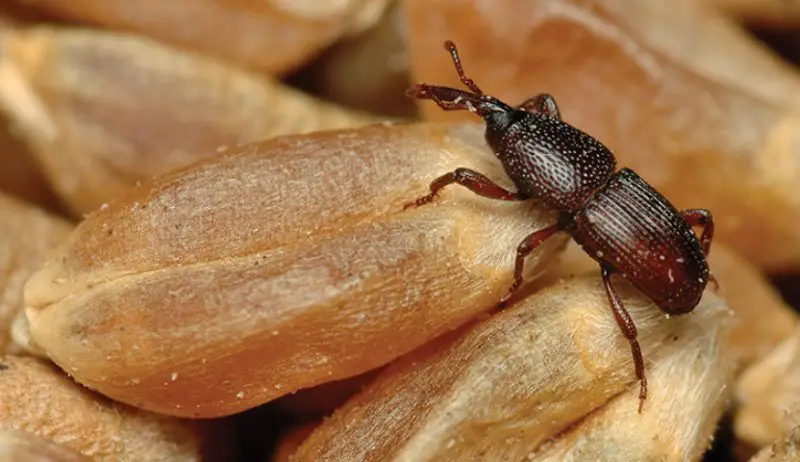
Weevils, common small brown insects, often infest pantries, with species like the Granary weevil being prevalent indoors. Feeding on pantry staples like rice, beans, and cereals, they thrive in food-rich environments. Preventive measures include regular pantry cleaning, discarding old foods, and using vinegar to deter infestations.
Crickets
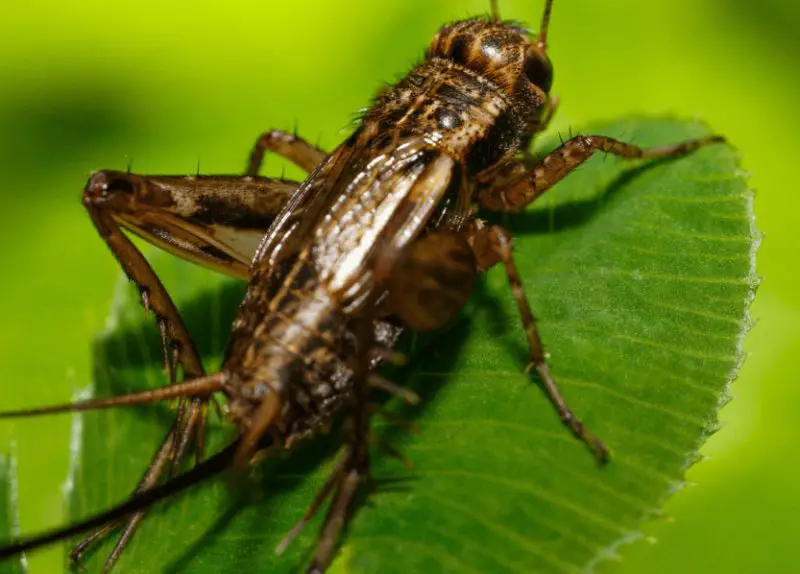
Crickets, common household insects, are known for their jumping ability and attraction to lights, sometimes making their way indoors. Brown crickets, a variant of the Common cricket, are prevalent in North America, with bodies and legs in shades of brown. While their loud chirping may be bothersome, they serve as beneficial predators, consuming aphids and insect larvae. To minimize indoor presence, consider dimming porch lights or eliminating them altogether.
Aphids
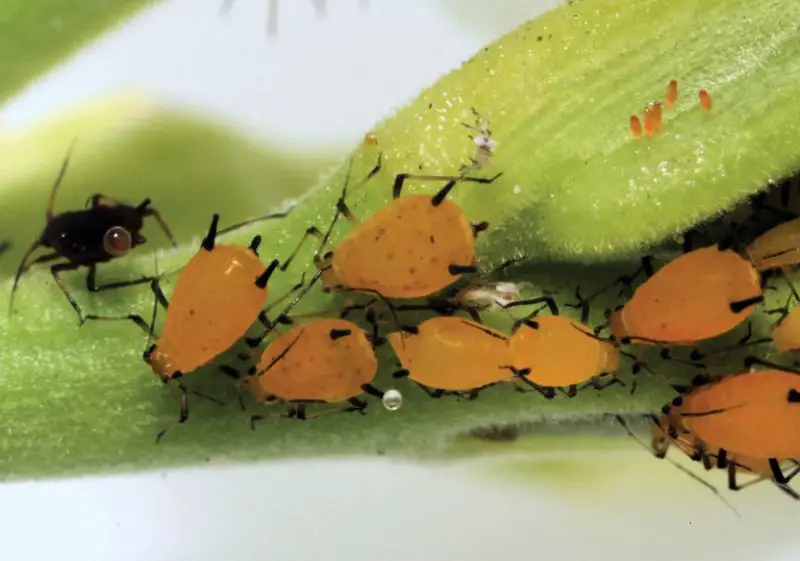
Aphids, notorious for their sap-sucking habits, come in thousands of species globally. Brown aphids like Oleander aphids, found in North America, feed on plants like sunflowers. While some develop wings, others remain wingless. Despite their small size, aphids can cause significant crop damage. Control methods include washing plants with a hose or manual removal, as they do not bite.
Grasshoppers
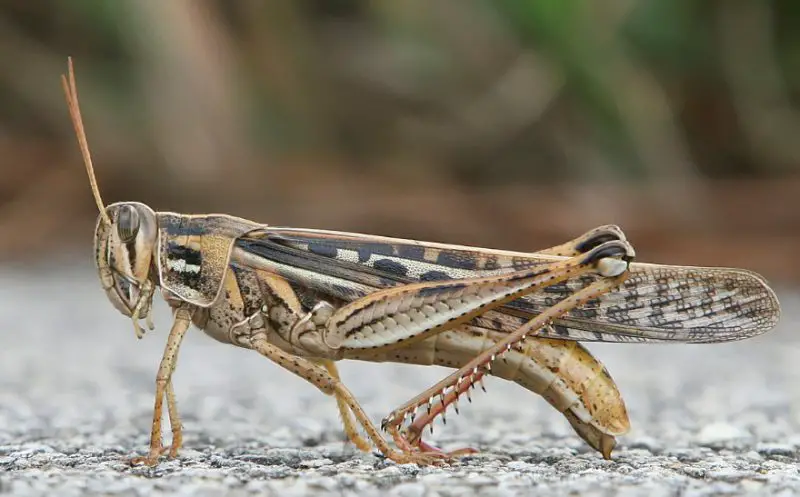
Grasshoppers, herbivorous insects, come in various shades of brown, contrasting with the greenery they inhabit. Common in meadows and forests, they feed on plants like those in the Bromus genus. While they have natural predators, they may accidentally enter homes, but can usually be removed by sweeping.
Lacewings
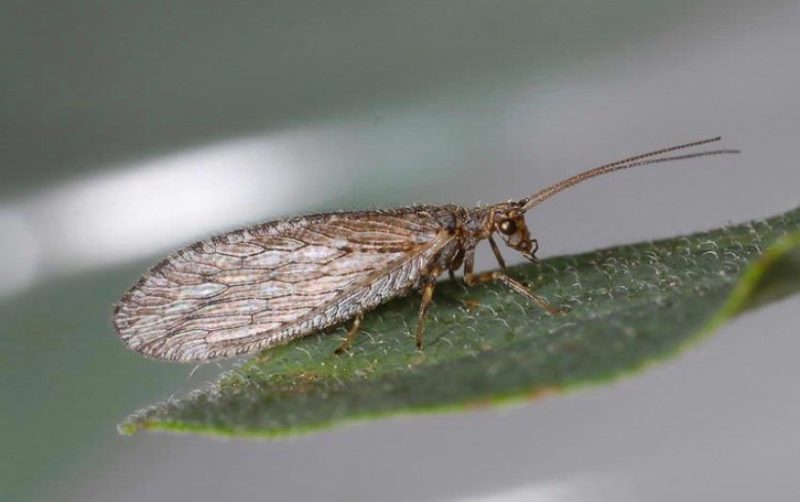
Lacewings, frequently seen in North America, include brown varieties prevalent in Florida, particularly in alfalfa crop regions infested with aphids. Ranging from 3 to 9mm, they are strongly attracted to light. To prevent entry into homes, install window mesh screens and seal any cracks or openings under doors.
Centipedes

Centipedes, ranging in color from yellow to brown, can reach lengths of up to 6 inches. Thriving in high humidity, they’re commonly found under logs and rocks outdoors. In homes, they’re often spotted in basements or bathrooms. Though harmless and non-destructive, they can be easily caught and vacuumed due to poor vision.
Silverfish
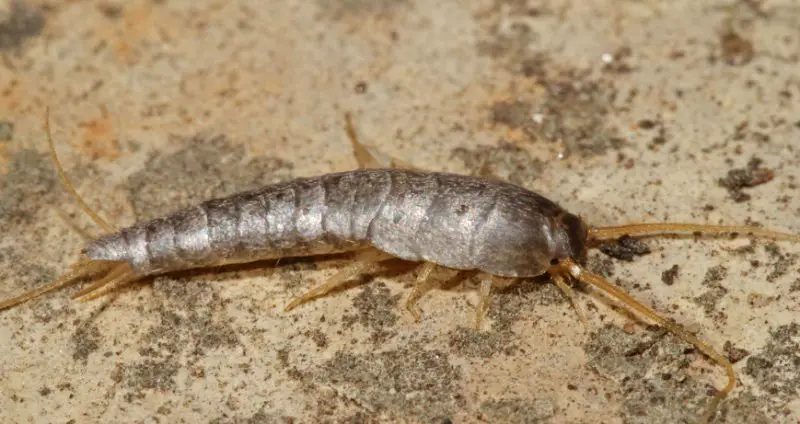
Silverfish, typically gray but also brown, thrive in areas with high humidity, commonly found in bathrooms or basements. They enter homes through pipelines, similar to cockroaches. While not immediately threatening, they can attract other pests like centipedes and earwigs. Preventive measures include sealing pipe gaps and reducing humidity levels to deter infestations.
Booklouse
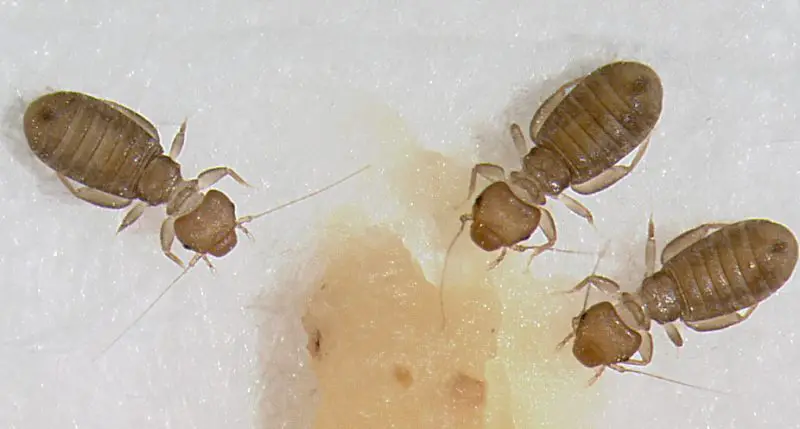
Booklice, or book lice, are commonly found on books in humid homes, thriving in mold-rich environments favored by high humidity. These tiny brown insects, often under 1mm in size, may also be spotted on various surfaces. While they don’t pose a direct threat, they can cause distress and may be linked to allergies, emphasizing the importance of managing indoor humidity levels for control.
Thrips
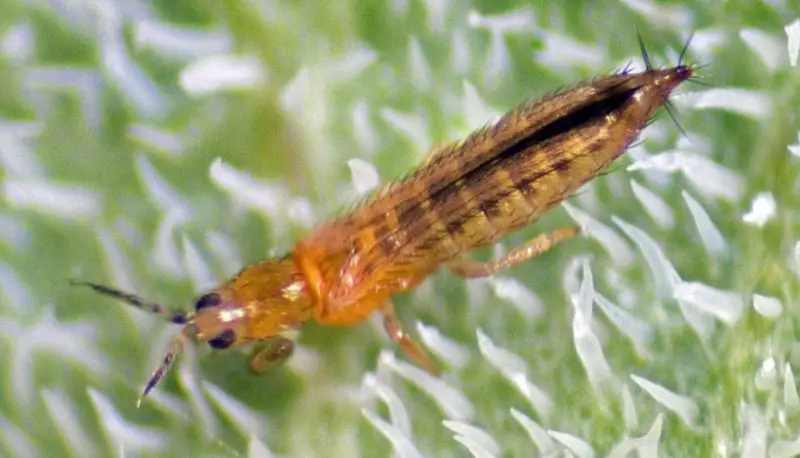
Thrips, commonly brown, feed on plant leaves in gardens and can enter homes attracted to light or seeking food. Prompt action is advised to prevent damage to indoor and outdoor plants. Thrips can be washed away with a hose outdoors or killed with insect spray indoors. Introducing natural predators like lacewings helps control thrips infestations in the long term.
Katydids
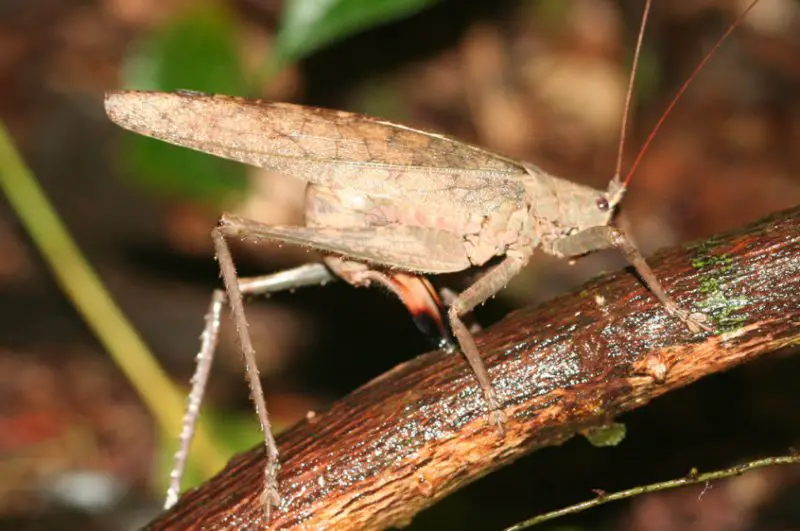
Katydids, predominantly green but with some brown individuals, may exhibit color differences based on gender or adaptation for camouflage. Commonly found on plants, they feed on leaves without posing a significant threat to gardens. While their bite can be painful, it typically subsides quickly with no lasting effects. Handling should be avoided to prevent bites.
Termites

Subterranean termites, often brown but also white or yellow, pose a significant threat to wooden structures like homes. Thriving in damp conditions, they transition easily from soil to wood, causing structural damage by tunneling through galleries. To prevent infestations, it’s crucial to replace damaged or moisture-prone wood and address any sources of humidity.
Earwigs
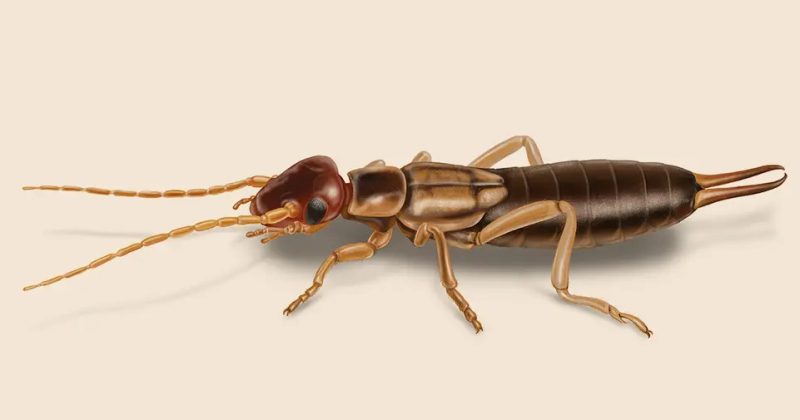
Earwigs, dark brown insects, feed on garden plants but can enter homes via organic material like mulch. While they pose no significant threat to humans, they may pinch if handled roughly. Using a broom to remove them is advisable, as they play a beneficial role in recycling decaying organic matter indoors and outdoors.
Scorpions
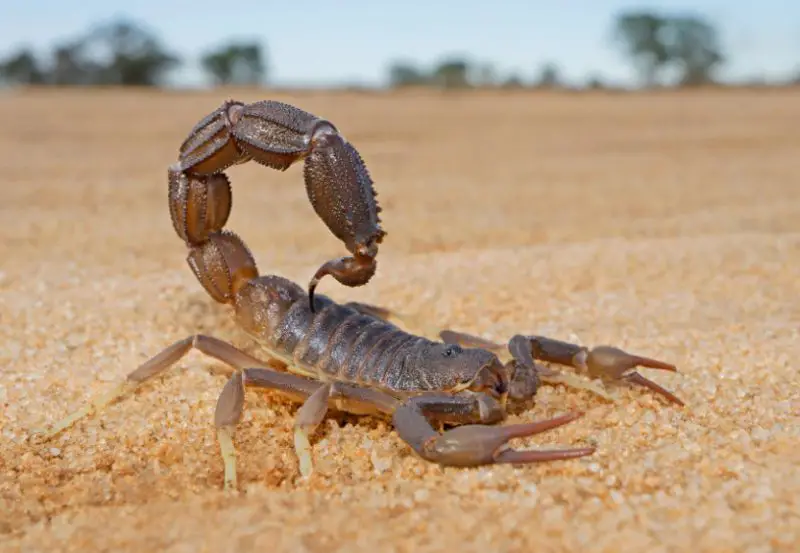
The Arizona Brown scorpion, with its brown coloration, is a dangerous predator common in the Sonoran Desert. Venomous and potentially lethal, it must be removed from homes if found indoors. Creating physical barriers like smooth walls helps deter them. Stings require immediate cleaning with soap and water, followed by medical attention.
Pseudoscorpions
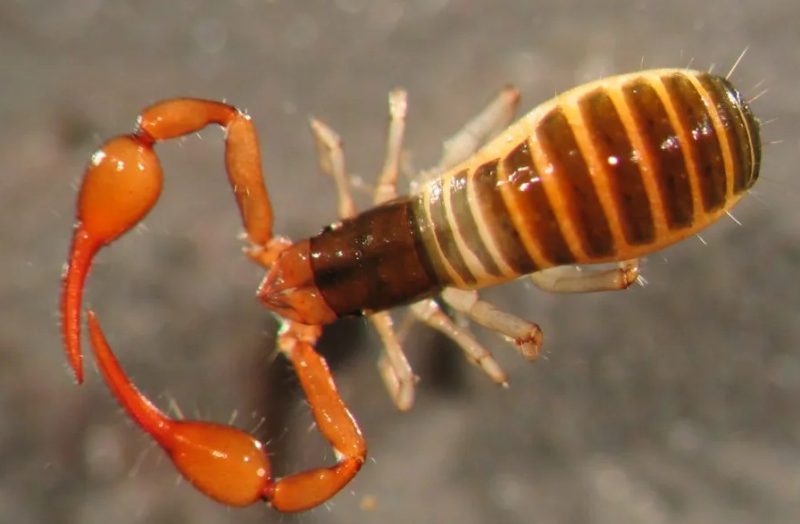
Pseudoscorpions, often black but also tan or brown, resemble scorpions but lack a venomous sting. Preferring high humidity, they may inhabit basements or bathrooms. Feeding on insects like spiders and flies, they can still be distressing and should be removed. Vacuuming is effective, and controlling indoor humidity levels with a dehumidifier helps prevent their attraction to homes.
Harvestmen
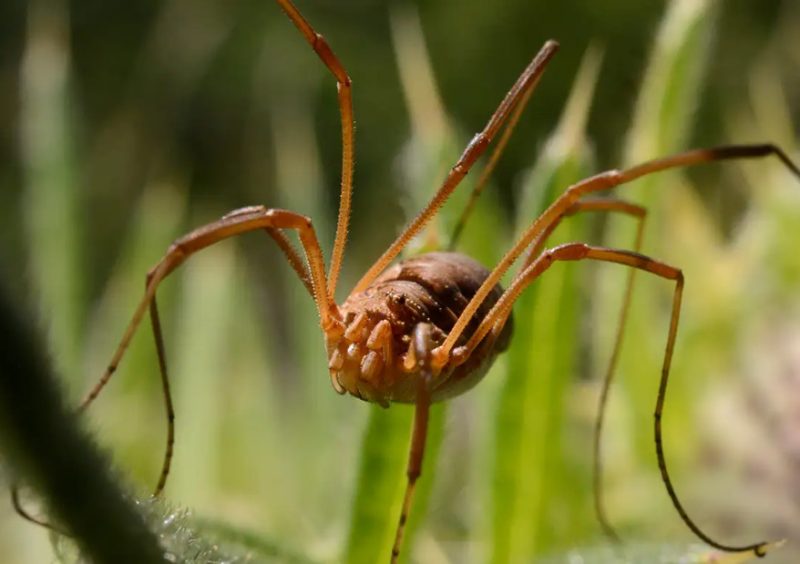
Harvestmen, small and brown, are nocturnal scavengers with a unique diet. They consume decaying organic matter and live insects, acting as ambush predators. Good sanitation practices, such as eliminating decaying foods and maintaining a clean home, help keep them out. Harmless to humans, they lack the ability to bite with their short fangs.
Leafhoppers
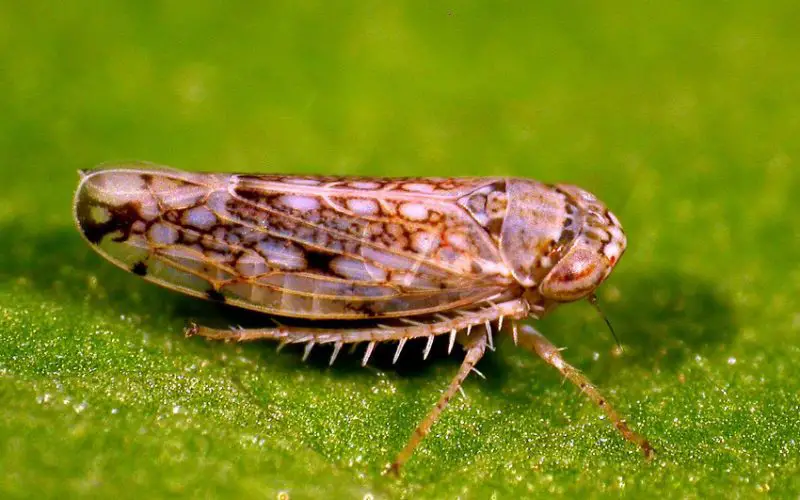
Leafhoppers like the Common Brown Leafhopper, often brown in color, feed on various plants, sometimes fatally. They may inadvertently enter homes. Insecticides and barriers like diatomaceous earth can deter them. While not harmful to humans, they spread plant viruses and should be eliminated to prevent plant damage.
No-See-Ums
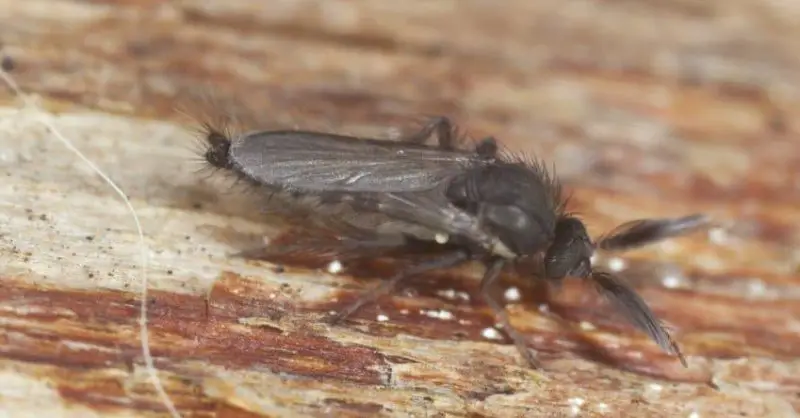
No-See-Ums, brown in their pupal stage, can develop into painful biting adults. Eliminating brown pupae prevents future infestations. Homemade solutions like water and essential oil sprays can deter these small flies from homes, reducing the risk of potent and adverse reactions from their bites.
Drain Flies
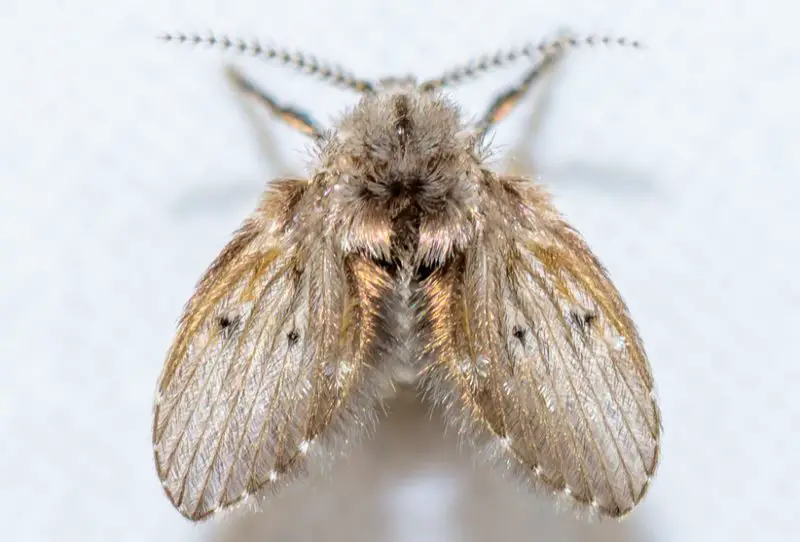
Drain flies, typically gray or brown, are prevalent pests in households, reaching sizes of up to 1/8 inches. They thrive in unclean drains, commonly residing in kitchen sinks. Though non-biting, they can cause annoyance. Regular drain cleaning and removal of organic residue deter infestations. Additionally, inspecting for leaks and organic buildup beneath sinks is advisable, as these flies may seek alternative habitats in such environments.
Fruit Flies
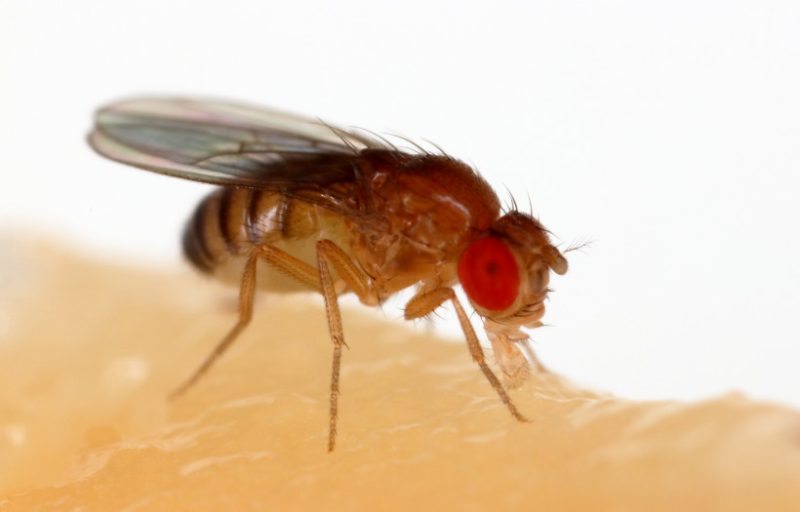
Fruit flies, like drain flies, are frequent in homes with ripe fruit. They lay eggs on overripe fruit, leading to infestation. Removal of decaying fruit is key for elimination. Storing fruit in the fridge or sealed containers helps deter them. Fruit flies have light brown bodies with large red eyes and can be eradicated by spraying with vinegar-soap-water mixture. Direct application is essential due to their swift movement.
Rose Chaffers
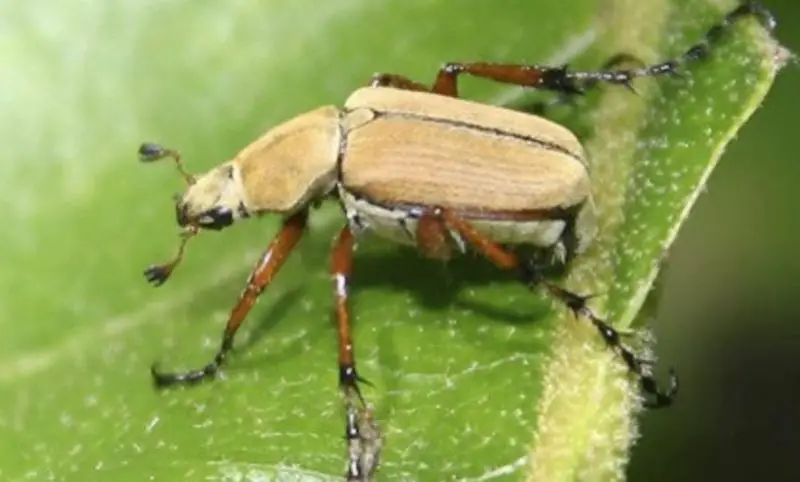
Rose chaffers, with brown larvae and brown-green adult bodies, are occasionally found indoors, especially in homes with potted flowers. Imported from Europe, they damage flowers indoors and outdoors. Inspection of newly bought potted plants is key to preventing infestations. Additionally, managing homemade compost and reducing the number of roses around the home helps deter these bugs.
Brown House Moths
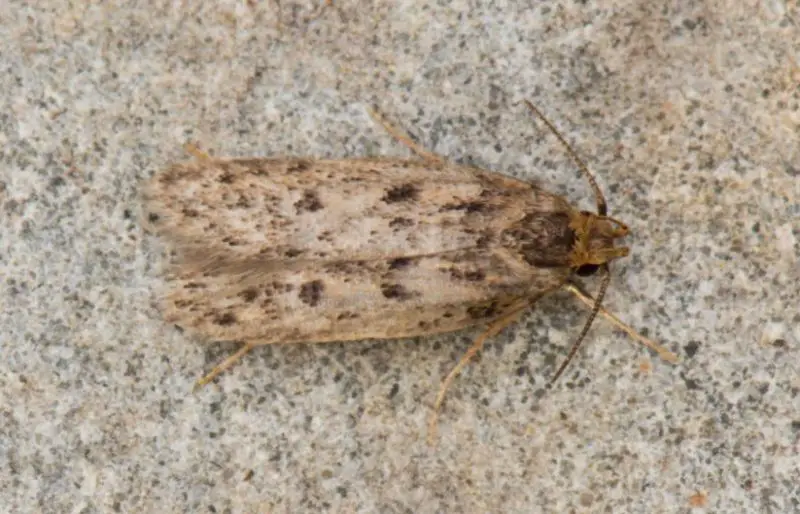
Brown house moths are a ubiquitous presence in most households, recognizable by their predominantly brown hue with variations of white, yellow, tan, or gray. Omnivorous in their larval stage, they feast on a variety of household items, including leather.
As adults, they target natural fibers like cotton and wool, commonly found in clothing, causing extensive damage over their lifespan, which can span up to six months. Vigilance is key in controlling their population, necessitating regular inspection of both clothing and pantry items susceptible to infestation.
Indian Meal Moths
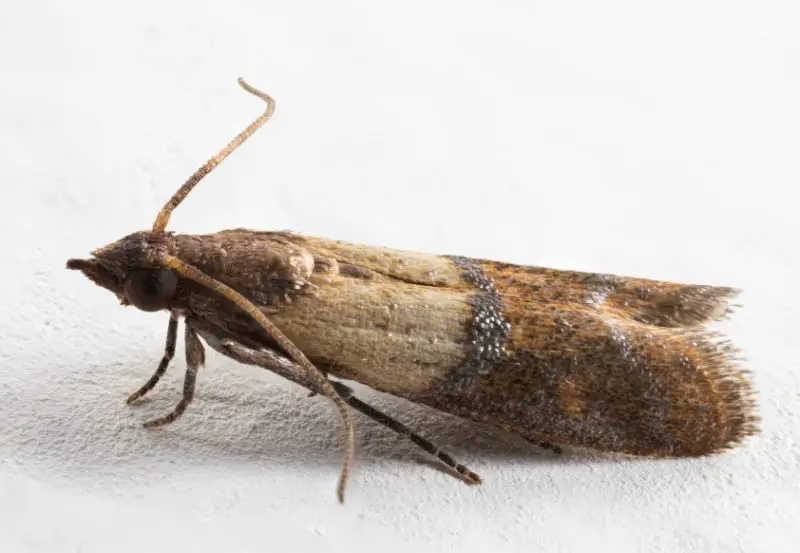
Indian Meal moths, commonly found in households, measure between 8 to 10mm with brown wings and heads. They thrive on a diverse diet primarily consisting of plant-based pantry items like dry dog food, pasta, flour, and rice. In the absence of food, they resort to cannibalism, consuming their own larvae. Eradicating them proves challenging due to their widespread infestation tendencies, though traps are effective measures.
Drugstore Beetles
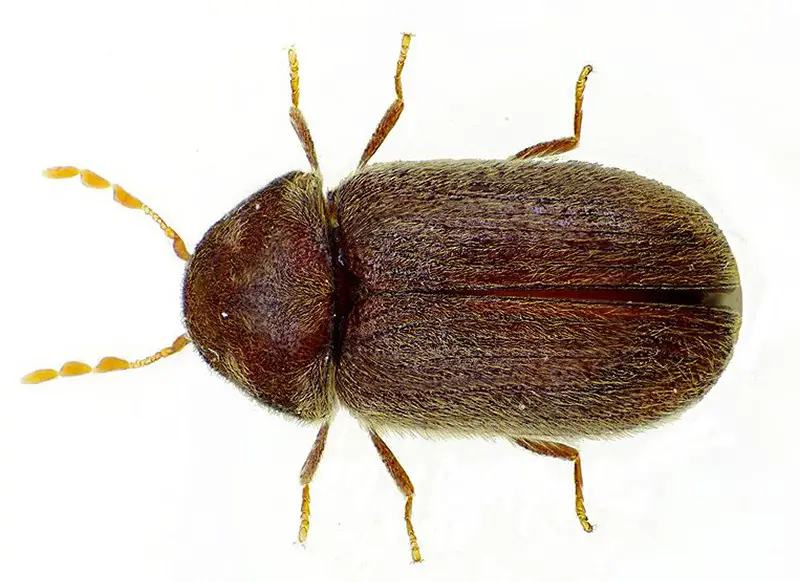
Drugstore beetles, despite their name suggesting an exclusive habitat in pharmacies, are prevalent in both homes and commercial spaces. These small brown insects are commonly found in food manufacturing warehouses and can hitchhike into homes via infested items from supermarkets. Their ability to gnaw through paper and plastic packaging poses a challenge, making glass containers a recommended storage solution for preventing infestation in pantry goods.
Spider Beetles
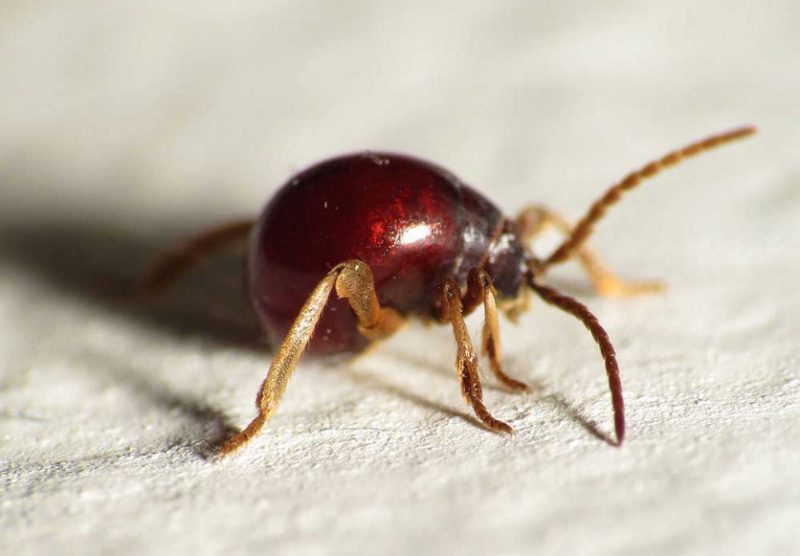
Spider beetles, resembling a fusion of spiders and beetles, feature a distinctive dark brown coloration and a broad abdomen. They invade homes in search of sustenance, consuming a wide array of pantry staples such as flour, beans, rice, wool, and cereals. While they may bite, their lack of venom ensures their bites are typically non-painful.
Carpet Beetles
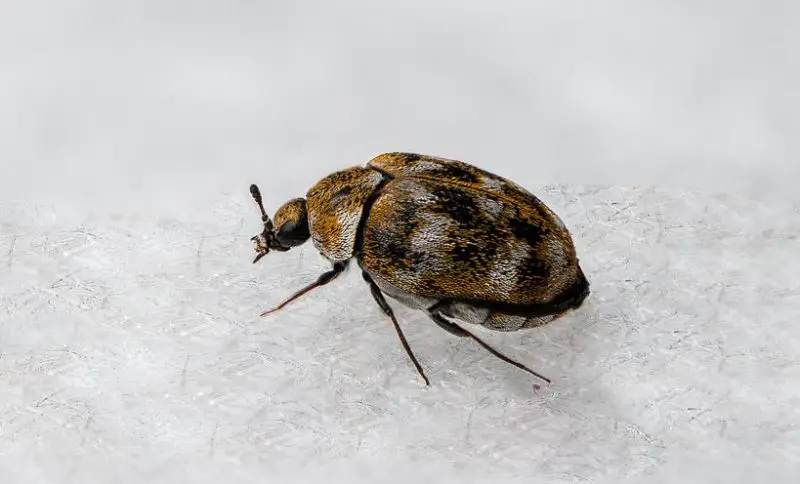
Carpet beetles are commonly found in homes containing woolen items like carpets and clothes. They thrive in dark, damp environments, often infesting old or rarely disturbed belongings stored in closets. Elimination methods include discarding infested items or thoroughly washing and dry cleaning them to eradicate the beetles effectively.






